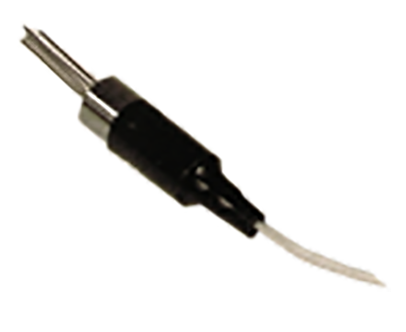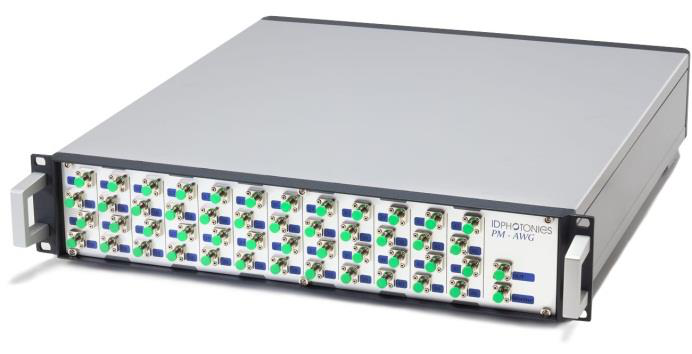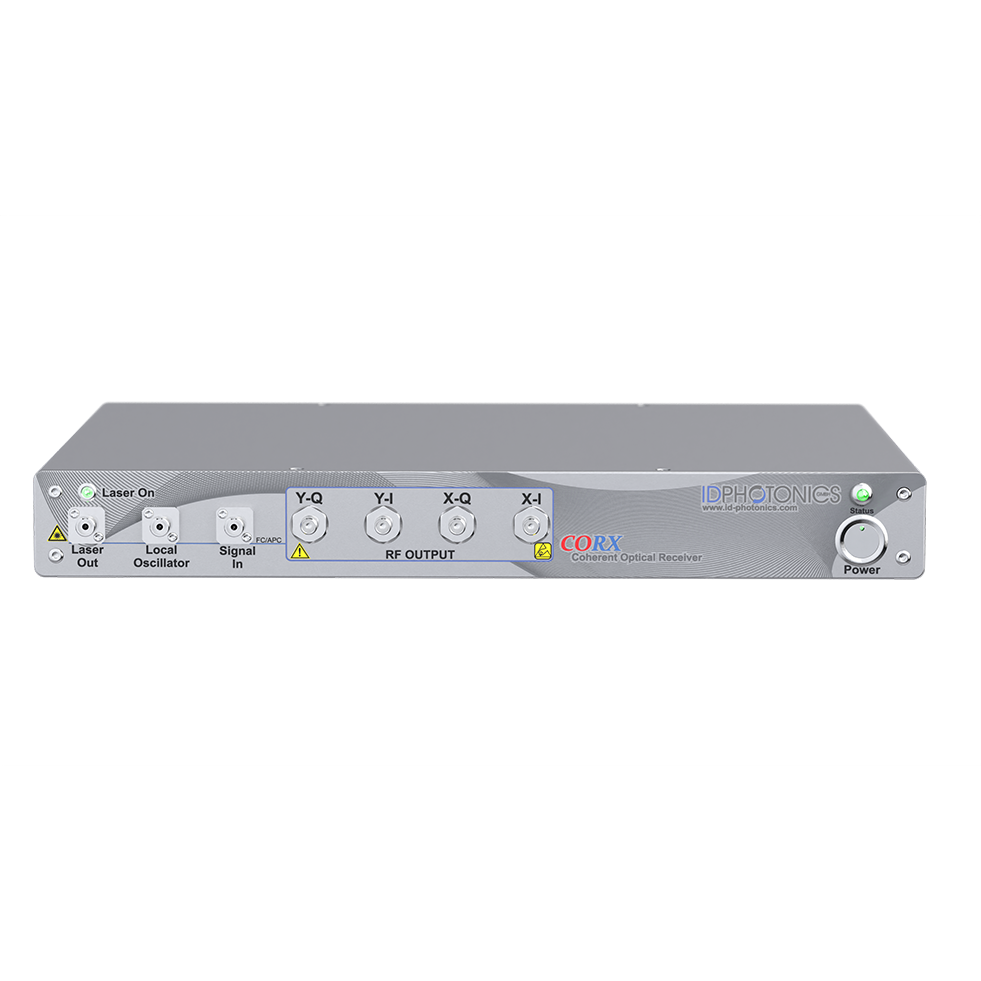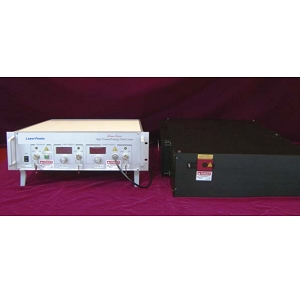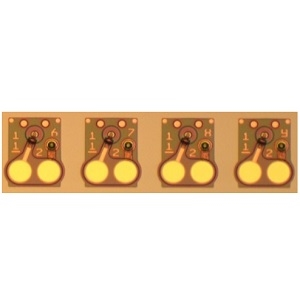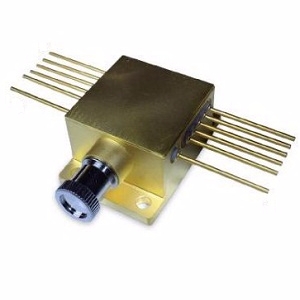- 产品
- 厂商
- 文献资料
热门产品
热门厂家
满足行业内人士的各种需求
如果您想选产品
-
数据手册
30万条产品数据手册,免费获取。
-
产品选型
500个细分类别,多维度指标筛选,高效选型。
如果您想卖产品
-
精准匹配
产品级搜索引擎优化,每天2000+访客为您精准匹配。
-
客户分析
内置仪表盘进行流量数据分析,了解潜在客户画像。
如果您想买产品
-
渠道正规
收录3000+全球光电厂商的产品信息,正品渠道,保障质量。
-
交易便捷
代客户采购,解决采购过程中有关付款、物流等交易障碍。
联系我们获取服务
周刊订阅
定期发布特色产品、技术资料、前沿动态等
您的邮箱将仅用于周刊推送且随时可退订
平台资讯
查看更多-
 揭秘半导体激光器结构:从核心技术到多元应用,Aerodiode 1064nm 产品如何领跑行业?
揭秘半导体激光器结构:从核心技术到多元应用,Aerodiode 1064nm 产品如何领跑行业?
2024 年,6G、自动驾驶、医用激光领域蓬勃发展,半导体激光器需求激增。Aerodiode 以 1064nm 激光二极管,攻克传统激光器痛点,重塑高性能标准。
-
 解锁精密光学新未来!Newson RTA-ARXXX-3G 智能偏转器引领行业变革
解锁精密光学新未来!Newson RTA-ARXXX-3G 智能偏转器引领行业变革
在 2025 年 5 月 15 日即将开幕的武汉 “中国光谷” 国际光电子博览会上,全球光学领域将迎来一项颠覆性技术 ——Newson RTA-ARXXX-3G 智能偏转器。作为激光偏转技术的革新者,这款基于偏转器物理原理的产品,凭借其独特的动圈驱动技术与闭环伺服系统,正在重塑光学系统、激光束控制和精密定位的行业标准。
-
 激光技术革新浪潮下,压电式偏转器如何成为高精度光学系统的核心引擎?
激光技术革新浪潮下,压电式偏转器如何成为高精度光学系统的核心引擎?
在激光雷达等技术蓬勃发展之际,“压电式偏转器” 成光学升级关键。Newson NV 的 RTA-AR640 型智能偏转器,精度高、响应快,提供优质偏转方案。
部分服务用户









